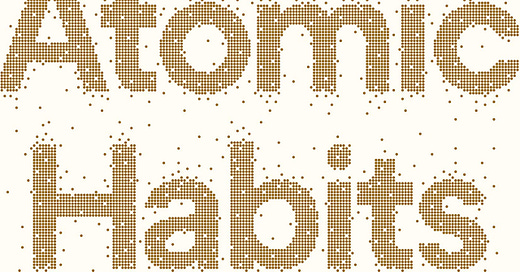Atomic Habits: An Easy & Proven Way to Build Good Habits & Break Bad Ones by James Clear
By Jonathan Townley
Keep reading with a 7-day free trial
Subscribe to The Objective Standard to keep reading this post and get 7 days of free access to the full post archives.



